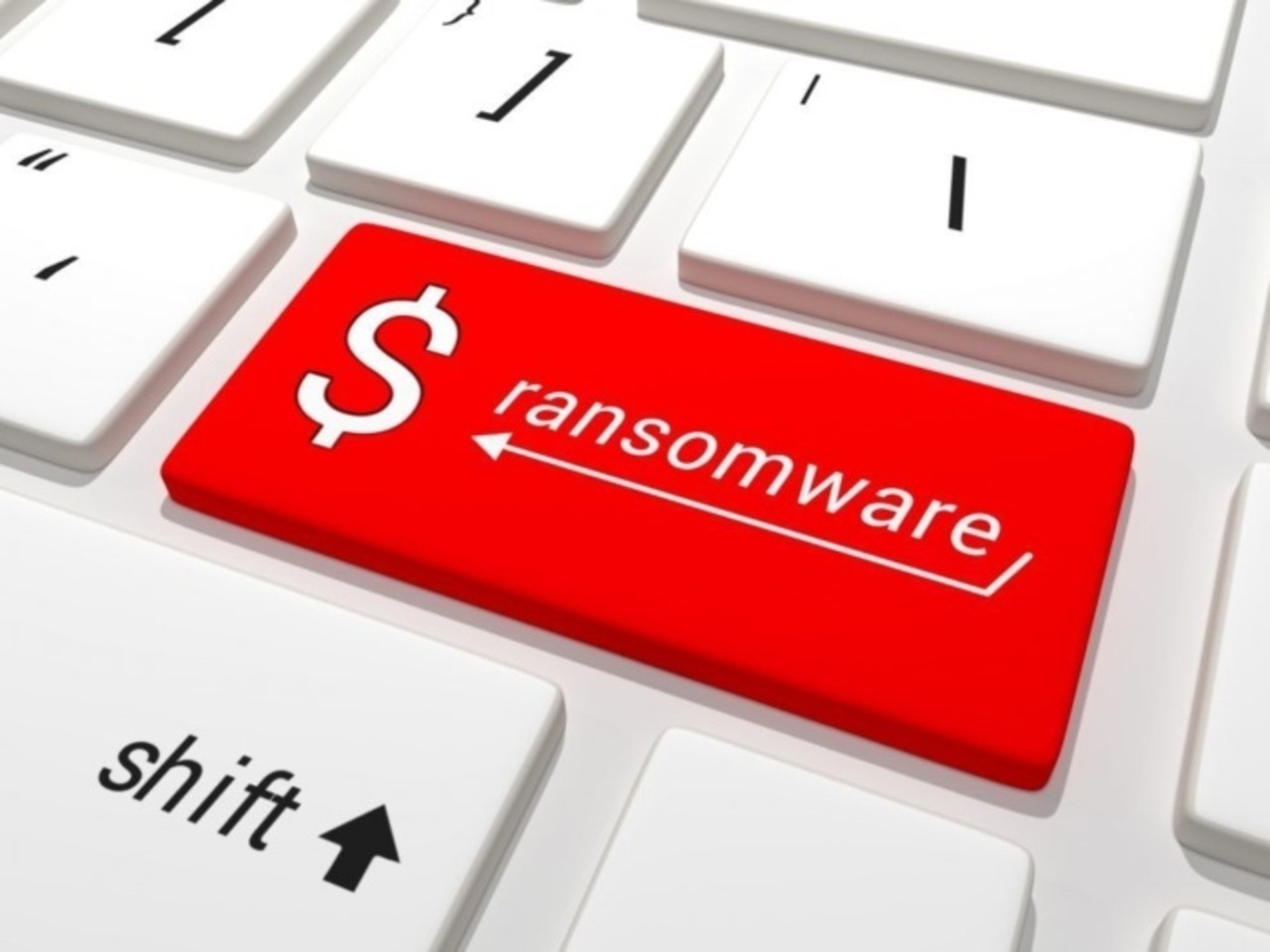Ransomware got its fair share of headlines in 2017, as the infamous WannaCry cryptoworm infected more than 230,000 computers in over 150 countries. The countries that were affected the most were Russia, Ukraine, India and Taiwan.
On the other hand, another significant victim of the attack was England's National Health Service (NHS). Over 70,000 of the service's devices were impacted by the attack and many patients suffered from its aftermath.
TrendMicro defines Ransomware as:
WannaCry made headlines all over the world, because it was one of the first forms of ransomware to demand ransoms in the form of bitcoin. More than $1,051,775 worth of bitcoins were extorted by the hackers, and this whole amount was successfully withdrawn from their digital wallets.
In the wake of these incidents, protection against such forms of ransomware is imperative. This is where Acronis comes into play. The company offers full-time protection against ransomware attacks by blocking them, offering backups, and recovering the encrypted files, if any.
In the digital era, where information represents value, services offered by Acronis are badly needed by corporations and government institutions.
Acronis Ransomware Protection tool for Windows is available for free for everyone. Arconis's website claims that it offers proven protection against various forms of ransomware including Petya, WannaCry, and Osiris. The tool works via monitoring all encryption processes taking place when the operating system is running. If it detects ransomware's unauthorized, odd encryption processes, it immediately starts acting against them to protect the data of the user.
Users can utilize Acronis’s cloud to create a backup of their important files and make use of 5 GB worth of free cloud storage. The software can also create a local cache on the user’s system for easy restoration of any affected files.
Prevention is better than the cure, it’s a proverb to live by. If you install Acronis Ransomware Tool onto your system, then there is a higher chance that you can prevent ransomware attacks. On the average, ransomware demands anywhere between $300 to $1,000 to unlock compromised machines.
On the other hand, another significant victim of the attack was England's National Health Service (NHS). Over 70,000 of the service's devices were impacted by the attack and many patients suffered from its aftermath.
TrendMicro defines Ransomware as:
“A type of malware that prevents or limits users from accessing their system, either by locking the system's screen or by locking the users' files unless a ransom is paid.”
WannaCry made headlines all over the world, because it was one of the first forms of ransomware to demand ransoms in the form of bitcoin. More than $1,051,775 worth of bitcoins were extorted by the hackers, and this whole amount was successfully withdrawn from their digital wallets.
In the wake of these incidents, protection against such forms of ransomware is imperative. This is where Acronis comes into play. The company offers full-time protection against ransomware attacks by blocking them, offering backups, and recovering the encrypted files, if any.
In the digital era, where information represents value, services offered by Acronis are badly needed by corporations and government institutions.
Acronis Ransomware Protection tool for Windows is available for free for everyone. Arconis's website claims that it offers proven protection against various forms of ransomware including Petya, WannaCry, and Osiris. The tool works via monitoring all encryption processes taking place when the operating system is running. If it detects ransomware's unauthorized, odd encryption processes, it immediately starts acting against them to protect the data of the user.
Users can utilize Acronis’s cloud to create a backup of their important files and make use of 5 GB worth of free cloud storage. The software can also create a local cache on the user’s system for easy restoration of any affected files.
Prevention is better than the cure, it’s a proverb to live by. If you install Acronis Ransomware Tool onto your system, then there is a higher chance that you can prevent ransomware attacks. On the average, ransomware demands anywhere between $300 to $1,000 to unlock compromised machines.

